Kathy Lu
Profile Information
- Name
- Prof. Kathy Lu
- Institution
- University of Alabama at Birmingham
- Position
- Professor and Chair
- h-Index
- ORCID
- 0000-0002-2135-6351
Publications:
|
"In-situ TEM study of microstructural evolution in NFA and Cr3C2@SiC-NFA composite during ion irradiation"
Kathy Lu,
Materialia
Vol. 7
2019
100412
In this work, the ion irradiation responses of a Fe-based nanostructured ferritic alloy or ‘NFA’ (Fe–9Cr–2W–0.2V–0.4Ti–0.3Y2O3) and a Cr3C2@SiC-NFA composite were assessed. In-situ ion irradiation with TEM observation was carried out by using 1 MeV Kr++ ions at doses of 0, 1, 3, 5, 10 dpa and temperatures of 300 °C and 450 °C. Both the NFA and Cr3C2@SiC-NFA samples showed significant dislocation density after 10 dpa at 300 °C. However, the Cr3C2@SiC-NFA composite showed a significantly lower dislocation loop density and a smaller average loop size during the irradiation at 450 °C as opposed to the NFA. At 300 °C, 1/2<111> type dislocation loops were observed in both the NFA and Cr3C2@SiC-NFA samples. Interestingly, at 450 °C, <100> type loops were dominant in the NFA sample while 1/2<111> type loops were still dominant in the Cr3C2@SiC-NFA sample. The results were discussed based on the large surface sink effects and enhanced interstitial-vacancy recombination at higher temperatures. The additional Si element in the Cr3C2@SiC-NFA sample might have played a significant role in determining the dominant loop types. |
||
|
"In-situ TEM study of microstructural evolution in NFA and Cr3C2@SiC-NFA composite during ion irradiation"
Kathy Lu, Xianming Bai, Wei-Ying Chen, Meimei Li, Kaustubh Bawane,
Materialia
Vol. 7
2019
12
Link
In this work, the ion irradiation responses of a Fe-based nanostructured ferritic alloy or ‘NFA’ (Fe–9Cr–2W–0.2V–0.4Ti–0.3Y2O3) and a Cr3C2@SiC-NFA composite were assessed. In-situ ion irradiation with TEM observation was carried out by using 1 MeV Kr++ ions at doses of 0, 1, 3, 5, 10 dpa and temperatures of 300 °C and 450 °C. Both the NFA and Cr3C2@SiC-NFA samples showed significant dislocation density after 10 dpa at 300 °C. However, the Cr3C2@SiC-NFA composite showed a significantly lower dislocation loop density and a smaller average loop size during the irradiation at 450 °C as opposed to the NFA. At 300 °C, 1/2<111> type dislocation loops were observed in both the NFA and Cr3C2@SiC-NFA samples. Interestingly, at 450 °C, <100> type loops were dominant in the NFA sample while 1/2<111> type loops were still dominant in the Cr3C2@SiC-NFA sample. The results were discussed based on the large surface sink effects and enhanced interstitial-vacancy recombination at higher temperatures. The additional Si element in the Cr3C2@SiC-NFA sample might have played a significant role in determining the dominant loop types. |
||
| "Microstructural evolution of a silicon carbide-carbon coated nanostructured ferritic alloy composite during in-situ Kr ion irradiation at 300°C 450°C" Kathy Lu, Vol. [unknown] |
Presentations:
| "High Temperature Corrosion and Irradiation Behavior of Silicon Carbide and Nanostructured Ferritic Alloy Composites" Kathy Lu, TMS 2021 Annual Meeting & Exhibition March 14-18, (2021) | |
| "In-situ Ion Irradiation Response of a Silicon Carbide-Carbon Coated Nanostructured Ferritic Alloy Composite" Kathy Lu, 43rd International Conference and Exposition on Advanced Ceramics and Composites January 27-1, (2019) | |
| "In-situ Ion Irradiation Study of Silicon Carbide-Carbon Coated Nanostructured Ferritic Alloy" Kathy Lu, Materials Science & Technology September 29-3, (2019) | |
| "Microstructural Evolution of a Nanostructured Ferritic Alloy Composite during In-situ Ion Irradiation" Kathy Lu, 149th TMS Annual Meeting & Exhibition February 23-27, (2020) | |
| "Microstructural Evolution of NFA and Cr3C2SiC-NFA Composite during Ion Irradiation" Kathy Lu, 149th TMS Annual Meeting & Exhibition February 23-27, (2020) |
NSUF Articles:
| DOE awards 39 RTE Projects - Projects total approximately $1.3 million Thursday, February 1, 2018 - Calls and Awards |
Additional Publications:
Accomplishments
NSUF Supported Research
NSUF Research Collaborations
Please wait
Please wait
About Us
The Nuclear Science User Facilities (NSUF) is the U.S. Department of Energy Office of Nuclear Energy's only designated nuclear energy user facility. Through peer-reviewed proposal processes, the NSUF provides researchers access to neutron, ion, and gamma irradiations, post-irradiation examination and beamline capabilities at Idaho National Laboratory and a diverse mix of university, national laboratory and industry partner institutions.
Privacy and Accessibility · Vulnerability Disclosure Program

